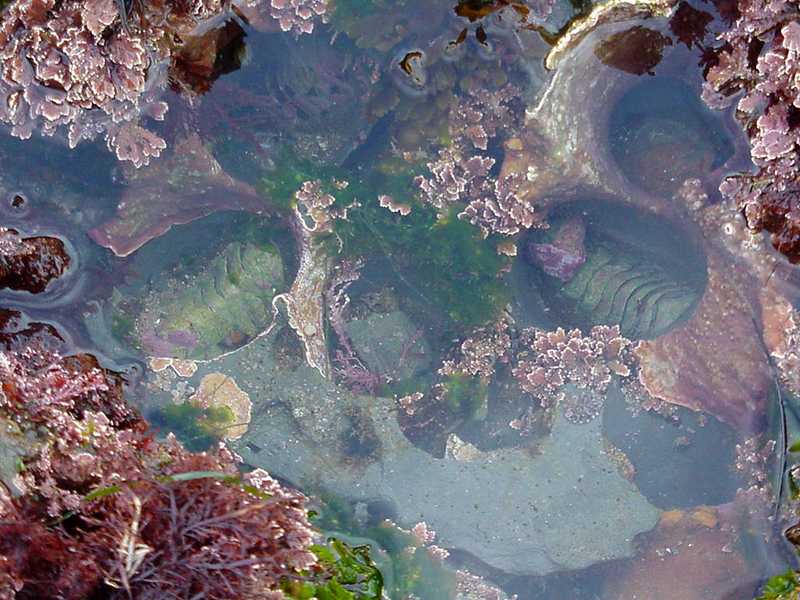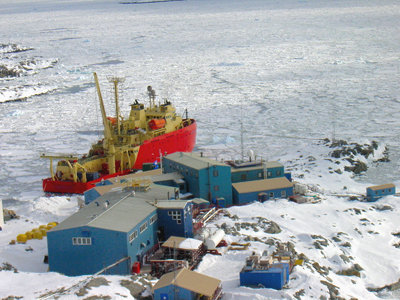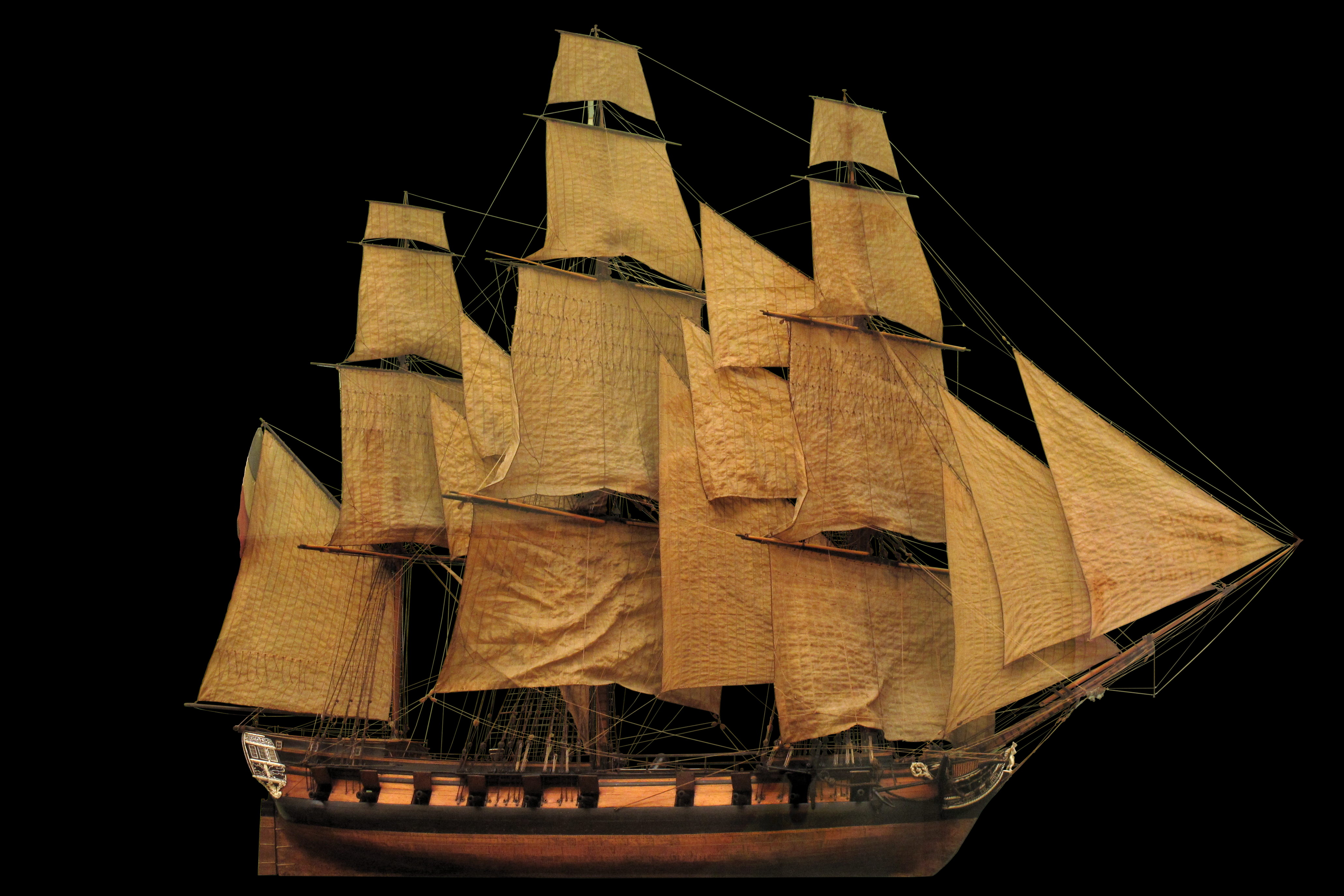|
Bransfield Strait
Bransfield Strait or Fleet Sea () is a body of water about wide extending for in a general northeast – southwest direction between the South Shetland Islands and the Antarctic Peninsula. History The strait was named in about 1825 by James Weddell, Master, Royal Navy, for Edward Bransfield, Master, RN, who charted the South Shetland Islands in 1820. It is called ''Mar de la Flota'' by Argentina. On 23 November 2007, the MS ''Explorer'' struck an iceberg and sank in the strait; all 154 passengers were rescued and no injuries were reported. Description The undersea trough through the strait is known as Bransfield Trough (). The basin is about 400 km long and 2 km deep, between the South Shetland Island Arc and the Antarctic Peninsula. It was formed by rifting behind the islands, which began about 4 million years ago. Ongoing rifting has caused recent earthquakes and volcanism. The Strait hosts a chain of submerged seamounts of volcanic origin, including the p ... [...More Info...] [...Related Items...] OR: [Wikipedia] [Google] [Baidu] |
Livingston Island
Livingston Island (Russian name ''Smolensk'', ) is an Antarctic island in the Southern Ocean, part of the South Shetland Islands, South Shetlands Archipelago, a group of List of Antarctic and subantarctic islands, Antarctic islands north of the Antarctic Peninsula. It was the first land discovered south of 60° south latitude in 1819, a historic event that marked the end of a centuries-long pursuit of the mythical Terra Australis, ''Terra Australis Incognita'' and the beginning of the exploration and utilization of real Antarctica. The name Livingston, although of unknown derivation, has been well established in international usage since the early 1820s. Geography Livingston Island is situated in West Antarctica, northwest of Cape Roquemaurel on the Antarctic mainland, south-southeast of Cape Horn in South America, southeast of the Diego Ramírez Islands (the southernmost land of South America), due south of the Falkland Islands, southwest of South Georgia Islands, and fr ... [...More Info...] [...Related Items...] OR: [Wikipedia] [Google] [Baidu] |
Deception Island
Deception Island is in the South Shetland Islands close to the Antarctic Peninsula with a large and usually "safe" natural harbour, which is occasionally affected by the underlying active volcano. This island is the caldera of an active volcano, which seriously damaged local scientific stations in 1967 and 1969. The island previously held a whaling station. It is now a tourist destination with over 15,000 visitors per year. Two research stations are operated by Argentina and Spain during the summer season. While various countries have asserted sovereignty, it is still administered under the Antarctic Treaty System, meaning it is under no control. Geography Located within the Bransfield Strait, the island is roughly circular and horseshoe-shaped, with a maximum diameter around . The highest peak, Mount Pond on the east side of the island, has an elevation of , while Mount Kirkwood on the west has an elevation of . Over half (57%) of the island is covered by glaciers up to ... [...More Info...] [...Related Items...] OR: [Wikipedia] [Google] [Baidu] |
Benthos
Benthos (), also known as benthon, is the community of organisms that live on, in, or near the bottom of a sea, river, lake, or stream, also known as the benthic zone.Benthos from the Census of Antarctic Marine Life website This community lives in or near marine or freshwater sedimentary environments, from tidal pools along the , out to the continental shelf, and then down to the [...More Info...] [...Related Items...] OR: [Wikipedia] [Google] [Baidu] |
Bottom Trawling
Bottom trawling is trawling (towing a trawl, which is a fishing net) along the seafloor. It is also referred to as "dragging". The scientific community divides bottom trawling into benthic trawling and Demersal zone, demersal trawling. Benthic trawling is towing a net at the very bottom of the ocean and demersal trawling is towing a net just above the benthic zone. Bottom trawling can be contrasted with midwater trawling (also known as Pelagic zone, pelagic trawling), where a net is towed higher in the water column. Midwater trawling catches pelagic fish such as anchovies and mackerel, whereas bottom trawling targets both bottom-living fish (groundfish) and semi-pelagic species such as cod, squid, shrimp, and Sebastes, rockfish. Trawling is done by a Fishing trawler, trawler, which can be a small open boat with only or a large factory trawler with . Bottom trawling can be carried out by one trawler or by two trawlers fishing cooperatively (pair trawling). Global catch from bottom ... [...More Info...] [...Related Items...] OR: [Wikipedia] [Google] [Baidu] |
Palmer Station
Palmer Station is a United States research station in Antarctica located on Anvers island (aka Antwerp Island), the only U.S. station on the continent located north of the Antarctic Circle. The first Palmer was built in 1965, but the current site, near to the older one, had its initial construction of the station finished in 1968. The station, like the other U.S. Antarctic stations, is operated by the United States Antarctic Program (USAP) of the National Science Foundation. The base is much smaller than McMurdo, with about 40 staff, and is focused on marine and biology research such as seabirds and plankton. It also supports the RN73 site for atmospheric monitoring for radionuclides. The base is about as distant from the equator as Fairbanks, Alaska in the northern hemisphere, whereas Palmer is in the southern hemisphere. Under the Antarctica Treaty System established in 1958, the base is neither a claim nor a forfeiture of the right to do so. There are several old claims in t ... [...More Info...] [...Related Items...] OR: [Wikipedia] [Google] [Baidu] |
United States
The United States of America (USA), also known as the United States (U.S.) or America, is a country primarily located in North America. It is a federal republic of 50 U.S. state, states and a federal capital district, Washington, D.C. The 48 contiguous states border Canada to the north and Mexico to the south, with the semi-exclave of Alaska in the northwest and the archipelago of Hawaii in the Pacific Ocean. The United States asserts sovereignty over five Territories of the United States, major island territories and United States Minor Outlying Islands, various uninhabited islands in Oceania and the Caribbean. It is a megadiverse country, with the world's List of countries and dependencies by area, third-largest land area and List of countries and dependencies by population, third-largest population, exceeding 340 million. Its three Metropolitan statistical areas by population, largest metropolitan areas are New York metropolitan area, New York, Greater Los Angeles, Los Angel ... [...More Info...] [...Related Items...] OR: [Wikipedia] [Google] [Baidu] |
Antarctic Specially Protected Area
An Antarctic Specially Protected Area (ASPA) is an area on the continent of Antarctica, or on nearby islands, which is protected by scientists and several different international bodies. The protected areas were established in 1961 under the Antarctic Treaty System The Antarctic Treaty and related agreements, collectively known as the Antarctic Treaty System (ATS), regulate international relations with respect to Antarctica, Earth's only continent without a native human population. It was the first arms ..., which governs all the land and water south of 60 latitude and protects against human development. A permit is required for entry into any ASPA site. The ASPA sites are protected by the governments of Australia, New Zealand, United States, United Kingdom, Chile, France, Argentina, Poland, Russia, Norway, Japan, India, Italy, and Republic of Korea. There are currently 72 sites. List of ASPA sites See ... [...More Info...] [...Related Items...] OR: [Wikipedia] [Google] [Baidu] |
Low Island (South Shetland Islands)
Low Island or ''Isla Baja'', historical names ''Jameson Island'' or ''Jamesons Island,'' is an island long and wide, southeast of Smith Island in the South Shetland Islands. The island is located at and is separated from Smith Island by Osmar Strait. Low Island was so named because of its low elevation. Low Island was known to sealers in 1820, and the name Low Island has been established in international usage for 100 years. Chinstrap penguins breed at Cape Garry on Low island, forming the second largest chinstrap penguin colony on the island at over 100,000 pairs. See also * Composite Antarctic Gazetteer * List of Antarctic islands south of 60° S * SCAR * South Shetland Islands * Territorial claims in Antarctica Maps Chart of South Shetland including Coronation Island, &c.from the exploration of the sloop Dove in the years 1821 and 1822 by George Powell Commander of the same. Scale ca. 1:200000. London: Laurie, 1822. South Shetland Islands: Smith and Low Islands.Scale ... [...More Info...] [...Related Items...] OR: [Wikipedia] [Google] [Baidu] |
Chaenocephalus Aceratus
The blackfin icefish (''Chaenocephalus aceratus''), also known as the Scotia Sea icefish, is a species of crocodile icefish belonging to the family Channichthyidae. The blackfin icefish belongs to Notothenioidei, a suborder of fishes that accounts for 90% of the fish fauna on the Antarctic continental shelf. Icefishes, also called white-blooded fishes, are a unique family in that they are the only known vertebrates to lack haemoglobin, making their blood oxygen carrying capacity just 10% that of other teleosts. Icefishes have translucent blood and creamy white gills. Taxonomy The blackfin icefish was first formally described as ''Chaenichthys aceratus'' in 1906 by the Swedish zoologist Einar Lönnberg with the type locality given as South Georgia Island. In 1913 the English ichthyologist Charles Tate Regan described a new subgenus of '' Channichthys'', ''Chaenocephalus'' with the blackfin icefish as its only species, its type species by monotypy. ''Chaenocephalus'' is now genera ... [...More Info...] [...Related Items...] OR: [Wikipedia] [Google] [Baidu] |
Corvette
A corvette is a small warship. It is traditionally the smallest class of vessel considered to be a proper (or " rated") warship. The warship class above the corvette is that of the frigate, while the class below was historically that of the sloop-of-war. The modern roles that a corvette fulfills include coastal patrol craft, missile boat and fast attack craft. These corvettes are typically between 500 and 2,000 tons. Recent designs of corvettes may approach 3,000 tons and include a hangar to accommodate a helicopter, having size and capabilities that overlap with smaller frigates. However unlike contemporary frigates, a modern corvette does not have sufficient endurance or seaworthiness for long voyages. The word "corvette" is first found in Middle French, a diminutive of the Dutch word ''corf'', meaning a "basket", from the Latin ''corbis''. The rank " corvette captain", equivalent in many navies to " lieutenant commander", derives from the name of this type of ship. The ... [...More Info...] [...Related Items...] OR: [Wikipedia] [Google] [Baidu] |
Jules Dumont D'Urville
Jules Sébastien César Dumont d'Urville (; 23 May 1790 – 8 May 1842) was a French List of explorers, explorer and French Navy, naval officer who explored the south and western Pacific, Australia, New Zealand and Antarctica. As a botanist and cartographer, he gave his name to several seaweeds, plants and shrubs and to places such as d'Urville Island in New Zealand. Early life and education Dumont was born at Condé-sur-Noireau in Lower Normandy. His father, Gabriel Charles François Dumont, sieur d'Urville (1728–1796), Bailiff of Condé-sur-Noireau, was, like his ancestors, responsible to the court of Condé. His mother Jeanne Françoise Victoire Julie (1754–1832) came from Croisilles, Calvados, and was a rigid and formal woman from an ancient family of the rural nobility of Lower Normandy. The child was weak and often sickly. After the death of his father when he was six, his mother's brother, the Abbot of Croisilles, Calvados, Croisilles, played the part of his fathe ... [...More Info...] [...Related Items...] OR: [Wikipedia] [Google] [Baidu] |
Prime Head
Prime Head () is a prominent snow-covered headland which forms the north extremity of the Antarctic Peninsula. Location Prime Head is the northern tip of Trinity Peninsula, which itself is the tip of the Antarctic Peninsula. It faces the Bransfield Strait, which the Antarctic Sound enters to its east. Casy Island and Coupvent Point are to the west, Mott Snowfield is to the south and Cape Siffrey and Mount Bransfield are to the east. The Gourdin Island and Column Rock are just north of Prime Head. Name The name Siffrey was given to a cape in this vicinity by the French Antarctic Expedition under Captain Jules Dumont d'Urville, 1837–40, and was previously approved for the feature here described. D'Urville's "Cap Siffrey" has since been identified by the UK Antarctic Place-Names Committee (UK-APC) as a point two miles to the east-southeast, now called Siffrey Point. The name Prime Head, given by the UK-APC in 1963, alludes to the position of the headland as the first or no ... [...More Info...] [...Related Items...] OR: [Wikipedia] [Google] [Baidu] |






